“Everybody else is doing it” isn’t a sufficient reason for your business to make the jump entirely to the public cloud. At the same time, as your infrastructure costs/resource needs continue to grow over time, you will have fewer resources that can be directed toward innovative projects. If your competition is enhancing its security and disaster recovery posture while reducing infrastructure per-unit costs, you risk setting yourself up for failure down the road. Overhauling your IT infrastructure is daunting to be sure — anytime you make a large investment in an area that touches just about every corner of the business, the implications and tension can be high.
But that is the key point — not every business needs a complete overhaul. When it comes to making the migration to the cloud, you don’t have to be 100% “all in” from the get-go. Cloud migration should come only after you build a business roadmap that shows how your organization will benefit from the move. It’s important to keep your IT infrastructure as modern as possible, of course, but it only makes sense to do so if it helps drive your business forward. CIO and CTOs recognize that they must have a business-first approach, but they also recognize they will usually need to “find” resources in order to fund new initiatives.
For most businesses, a three-pronged approach that involves looking at your people, processes, and technology helps assess your individual situation and develop a cloud roadmap tailored to your business’ unique and specific needs.
People-Centric Focus
One of the first and most obvious things cloud migration does for your business, where your people are concerned, is free up your workforce. With fewer servers and/or data centers to run, it allows your talent to focus on new and “cool” initiatives that help drive your core business forward. Instead of using resources to maintain systems, you enable teams to perform more valuable and rewarding work that not only delivers business results but also improves morale across the organization.
Making a move to a public cloud provider such as AWS, GCP, or Azure can also help businesses secure their talent. The reality is, if you’re not looking at the cloud now, members of your IT team might leave because they want and need to keep their skills as honed and relevant as possible. It makes intuitive sense — nobody wants to work for an organization that is solely based on antiquated systems with no sight of modernization on the horizon.
Finally, a cloud roadmap allows your IT team to shift its focus back to your business. How much time does your IT team spend running hardware? And is it really driving new business? What if you could turn that on its head so the team could focus on something new that will help crush the competition? It’s certainly more attractive to both business leaders and those in the trenches to work on innovative projects rather than maintaining aging systems.
Process-Centric Focus
If you take the current IT processes you have — testing, support, and anything else you can think of — and migrate them as-is to the cloud, it probably won’t work the way you envision because it’s a different paradigm. I strongly encourage teams that are new to the cloud to do a readiness assessment to determine which processes are (or are not) “cloud-ready.” But don’t forget, the real value of the cloud becomes apparent once you’ve moved your core data, whether HR data, customer data, client supply chain data, or all of the above. Once it’s in the cloud, you can start consuming cloud-based tools that allow you to unlock the real value of your data.
People have been talking about data monetization for years, but it’s hard to achieve. And trying to monetize data through existing internally deployed IT processes probably won’t work. It requires you to buy new hardware, get new data warehouse software, hire additional talent — it all becomes too costly and likely won’t give you a strong return on your investment.
But once your data is in the cloud, you immediately have options. You can spin up something for Microsoft Azure, try it for a few days and spend just a few thousand dollars — a drop in the bucket compared to a full IT infrastructure overhaul. The word “agile” has become somewhat of a business cliché, but it applies here. Once your data is in the cloud, consuming it is so much easier, allowing you to try quick iterations of tools and solutions to discover the true value of your data.
Technology-Centric Focus
An overlooked reality is that very few — if any — businesses have migrated to 100% cloud-based infrastructures. It’s surprising how many businesses still have a hosting provider, run internally-deployed systems, or some combination of both. Conversely, it’s even more surprising how few organizations are complete without data centers.
Yet ERP SaaS cloud sticker shock is a growing concern, and it’s real. If you’re running an internally deployed Oracle or SAP ERP, for example, moving to a SaaS-based ERP could result in roughly 3X your existing costs. And if you are already in the cloud on a limited basis and have freed up resources using third-party support, making a full move to SaaS-based ERP might cost you 4X or 5X your current costs.
On the flip side, it also rarely makes sense to invest in the most current ERP on the market (and the associated support costs that come with it). Yes, this does mean that you will get all of the current updates as soon as they’re available, but will that next incremental change in your HR or supply chain system suddenly make you crush the competition? The answer is almost always “no.”
In the end, organizations must think of their cloud-based business roadmap as an equation. There is a certain cost in place for your current people, processes, and tech hardware, and you also need to factor in upcoming events such as an overdue refresh of the data center to address old hardware or a lease that needs to be renewed. You should also consider the opportunity costs around security and disaster recovery. Finally, what does your CFO think about the cloud? They might say, “My buddy went to the cloud and got sticker shock, so I’m hesitant.” So you need to also get a sense of what their view of the cost is as well.
The number of organizations that are sitting back and folding their arms is dwindling quickly. The cloud is inevitable, and IT teams increasingly need it on their resumes. What a cloud rollout looks like for your business will likely differ from that of other organizations, but at the end of the day, the key question is this: would you rather spend time supporting your existing applications and/or implementing new backup software in order, or do you want to build in a level of flexibility that will help you grow and, ultimately, future-proof your business?


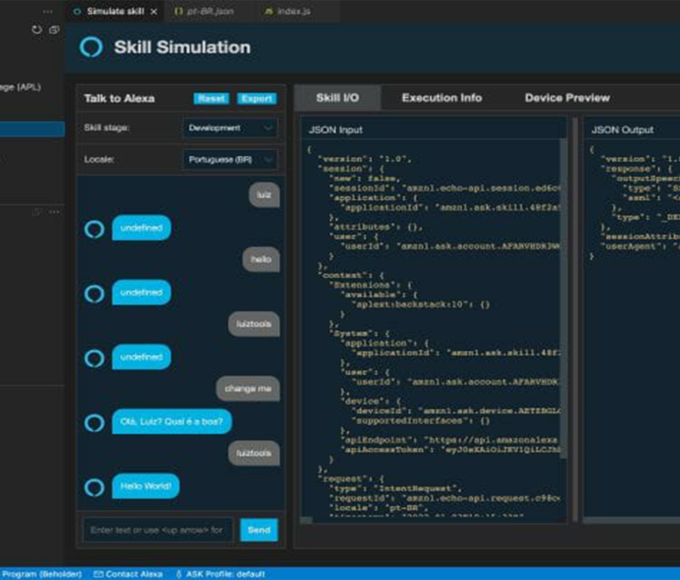


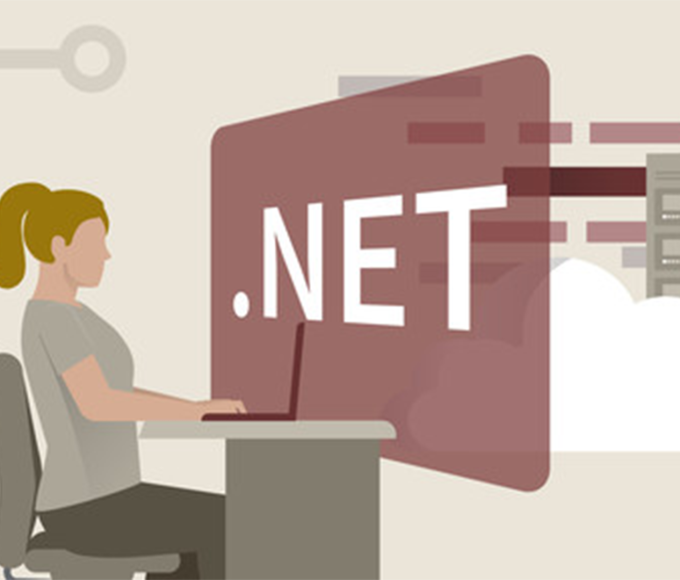


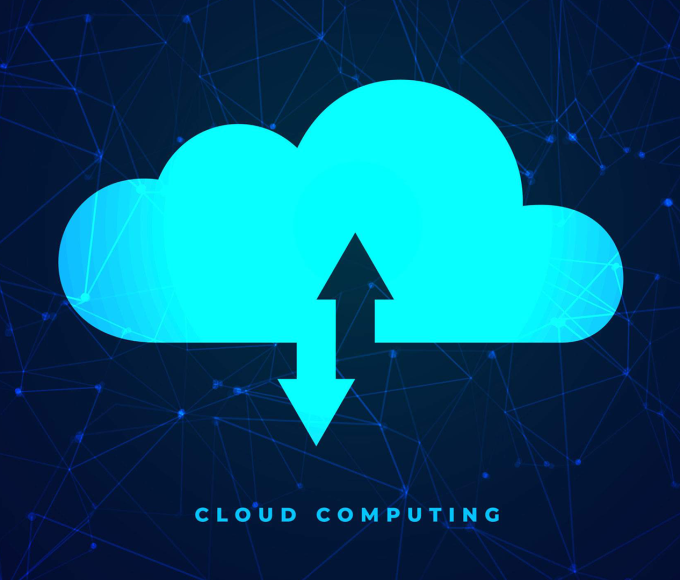
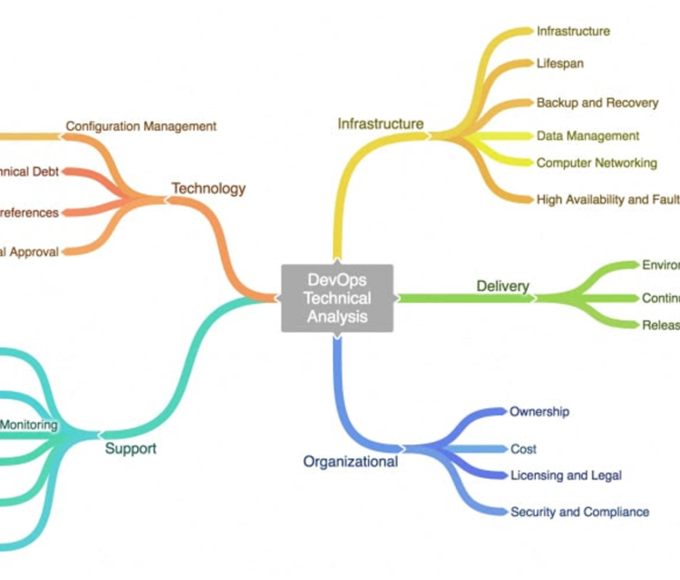




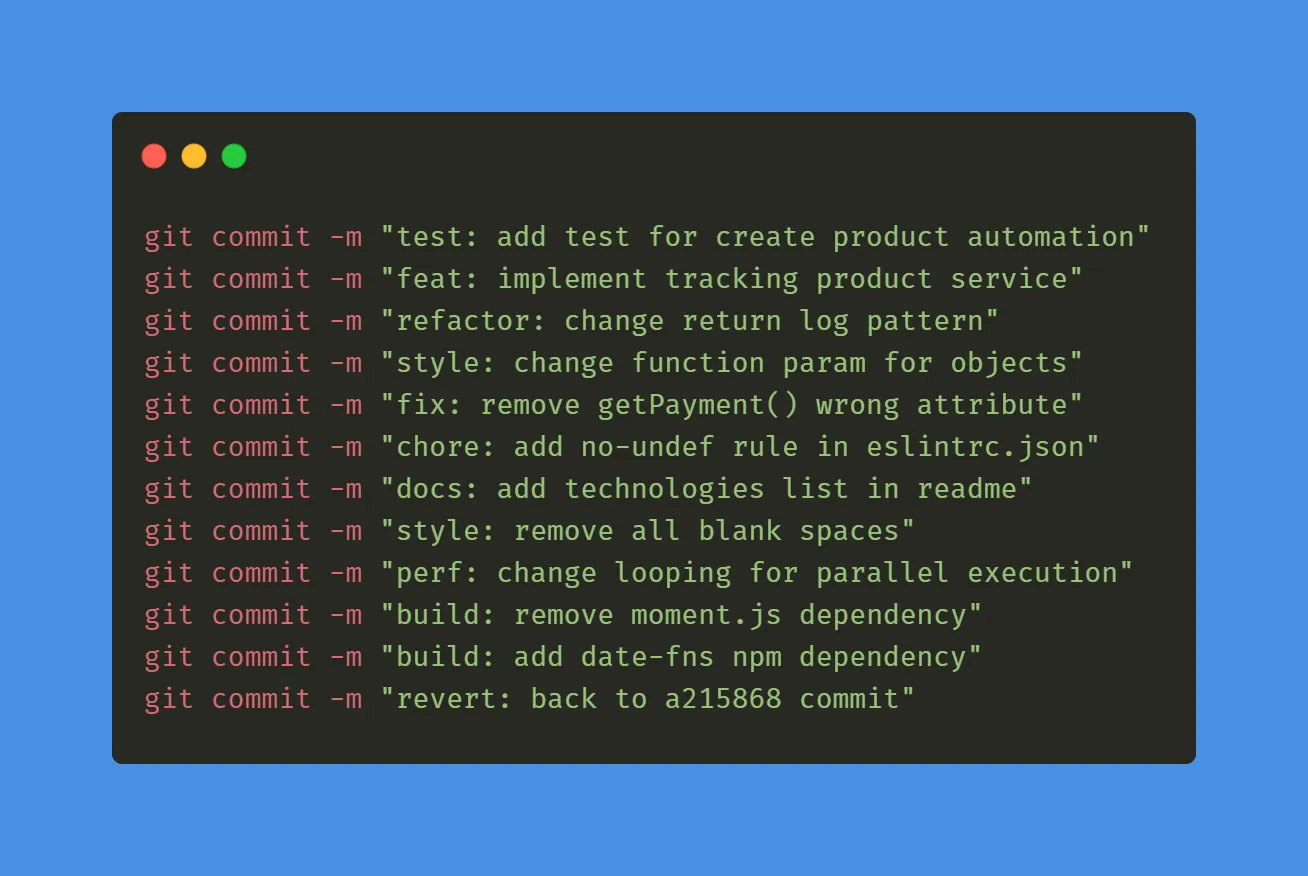

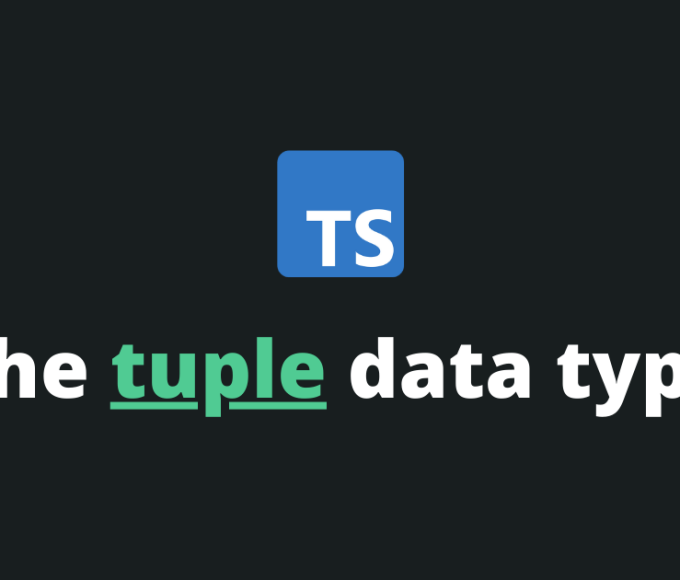






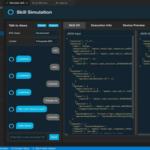



Leave a comment